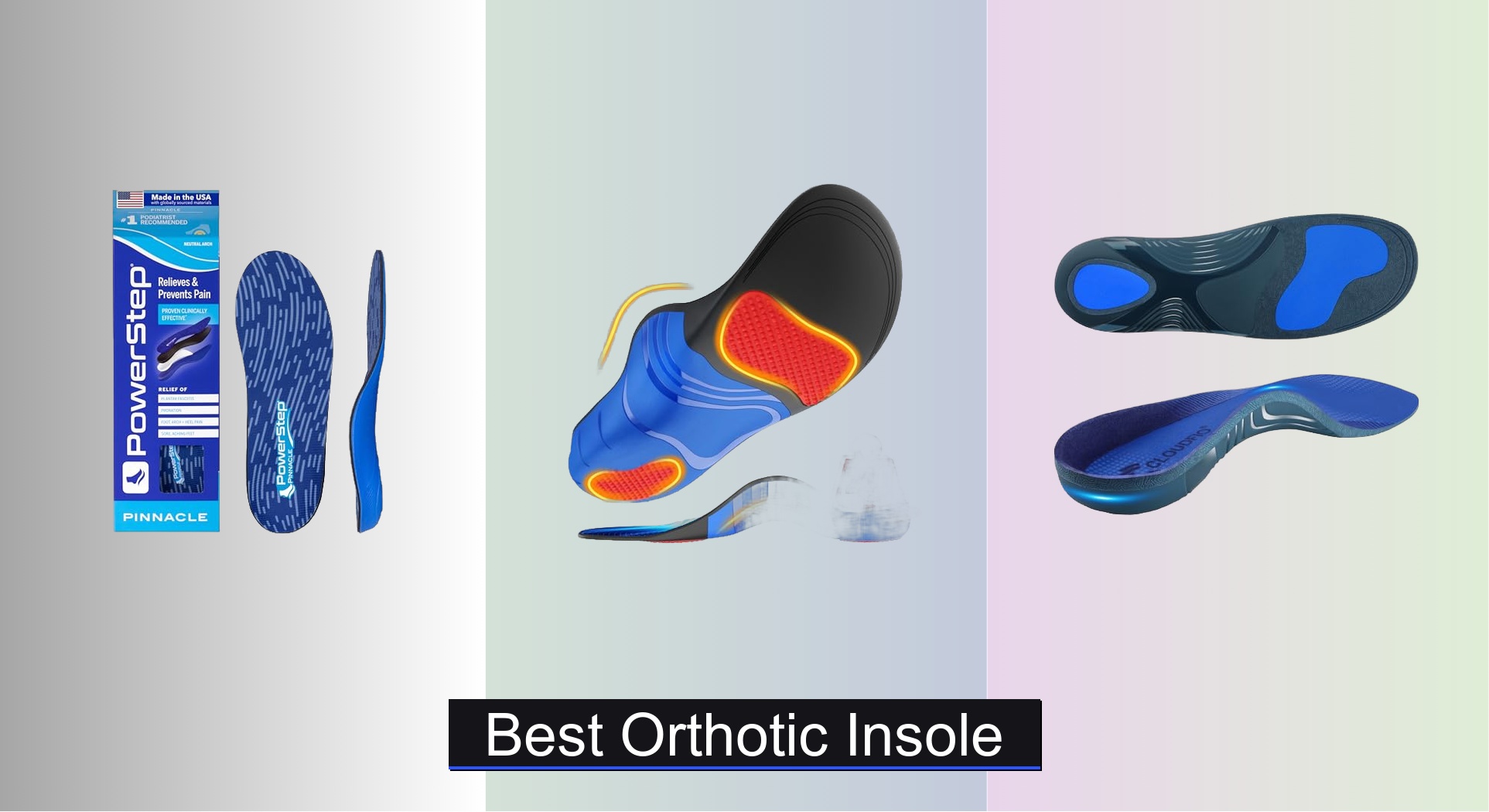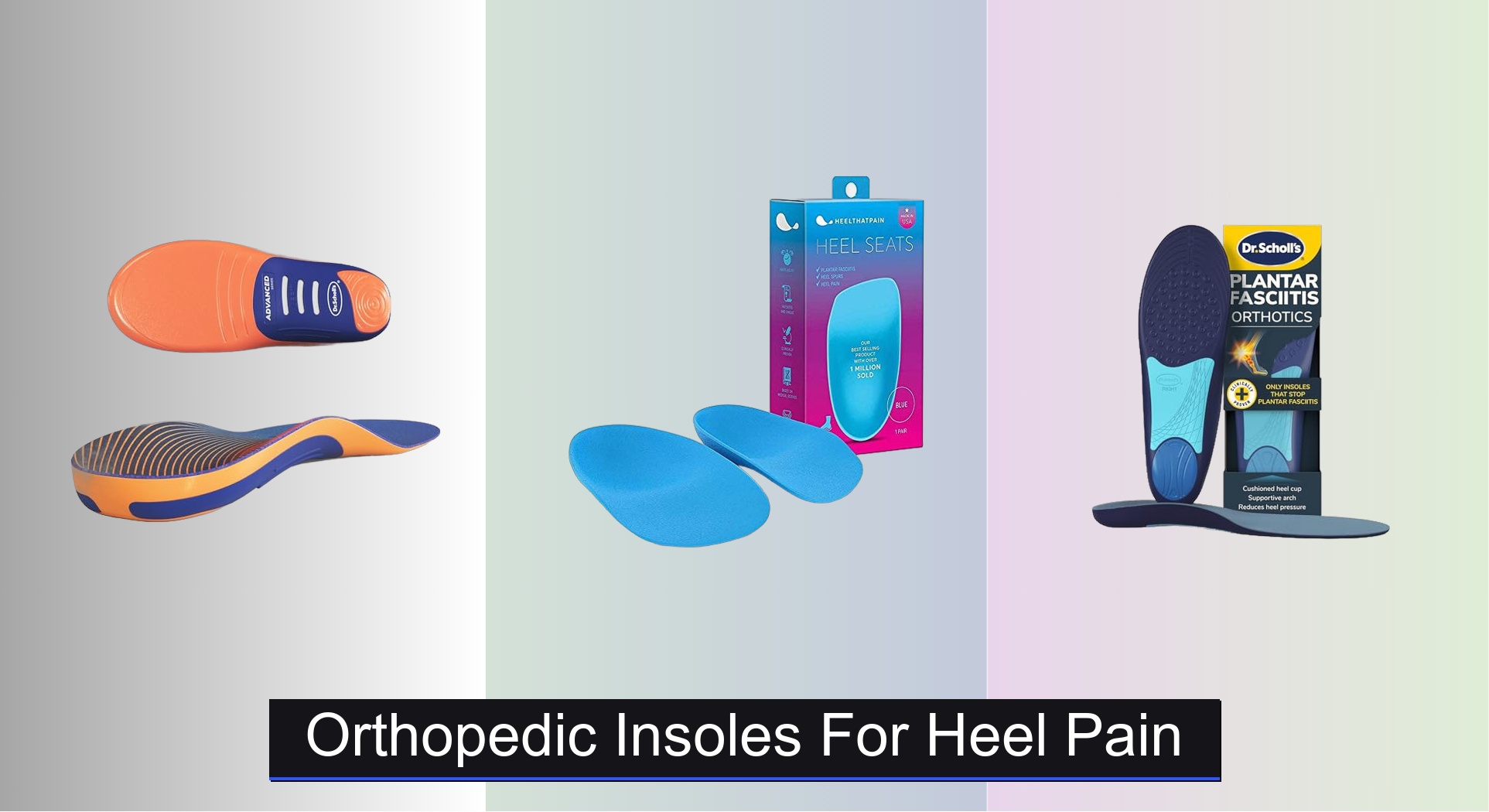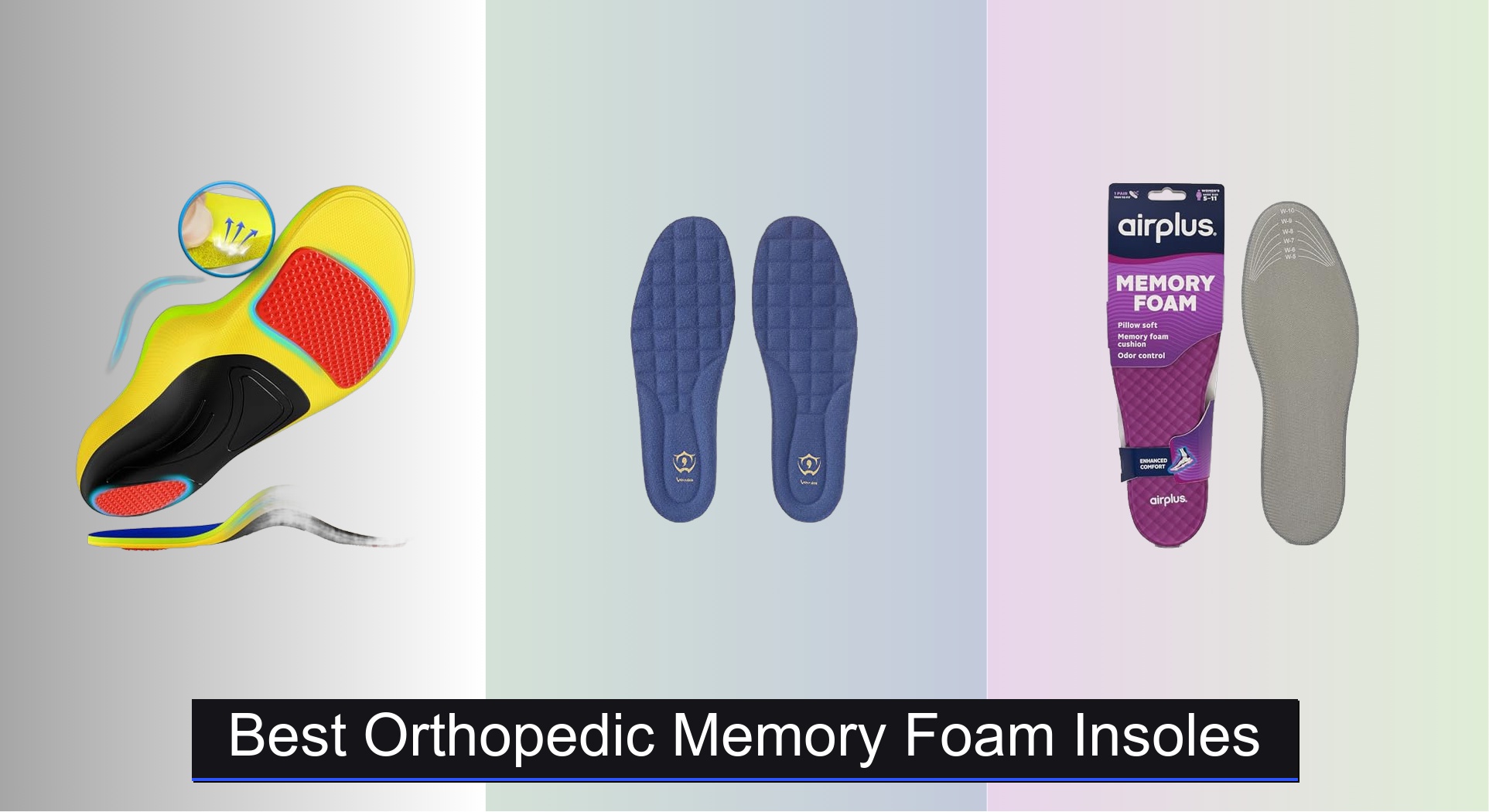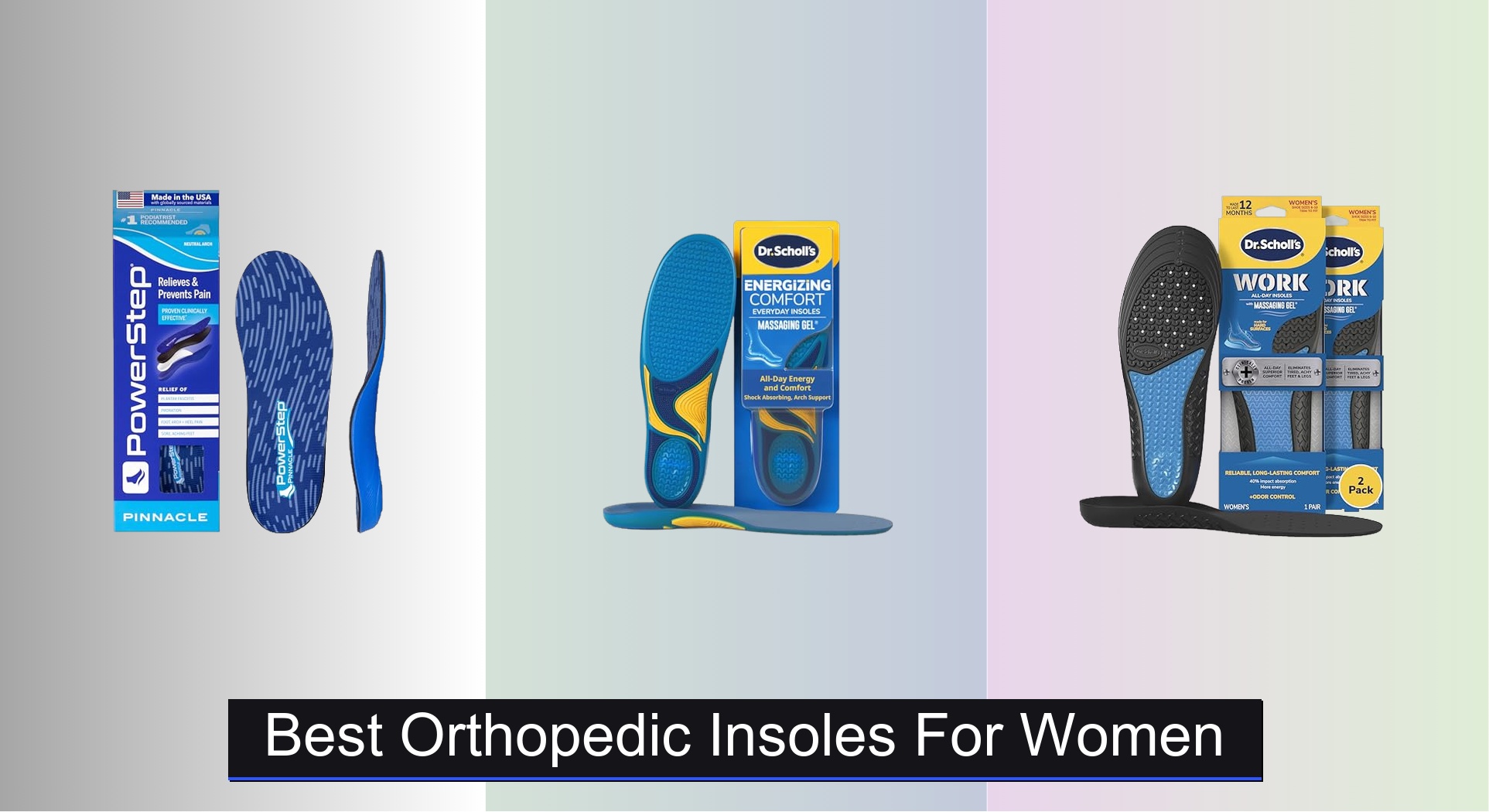Foot pain, overpronation, and fatigue from long hours on your feet plague millions, often stemming from poor arch support in everyday footwear. Generic insoles do little to correct alignment or absorb impact, leaving conditions like plantar fasciitis and flat feet untreated. The right orthotic insole can transform your stride, offering targeted support, enhanced comfort, and lasting relief.
We analyzed over 50 models, combining podiatrist-backed research, biomechanical principles, and thousands of verified user reviews to identify the best orthotic insole for different needs. Our picks balance arch support level, cushioning, durability, and fit—prioritizing performance for specific conditions, shoe types, and body weights. Keep reading to find your perfect match.
Best Options at a Glance

NEUPU Heavy Duty Orthotic Insoles
Best Value for Heavy Users
- 240+ lbs
- 1.37″
- PU, TPU, Gel
- Trim to fit
- Plantar Fasciitis
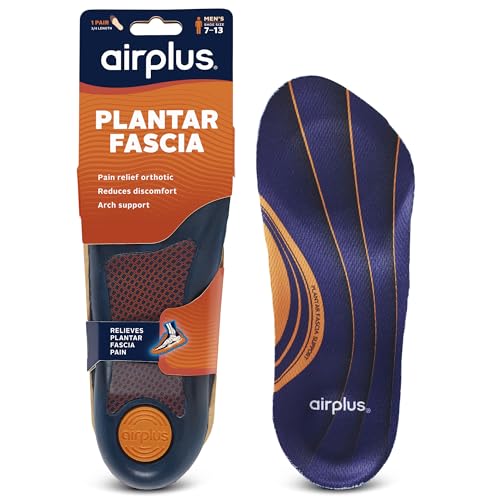

PowerStep Pinnacle Insoles
Best Overall
- Plantar Fasciitis Relief
- Moderate
- Moderate
- No Trim Needed
- Made in USA

Dr. Scholl’s Plantar Fasciitis Men
Best Targeted Pain Relief
- Immediately relieves heel pain
- Supports all arch types
- Deep shock-absorbing cup
- Evenly distributes foot pressure
- Trim-to-fit full-length
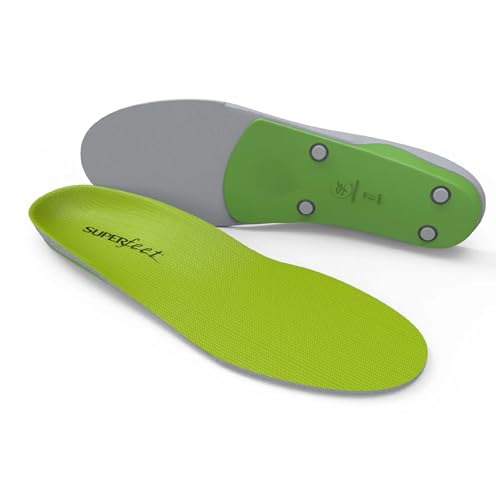
Superfeet Green High Arch Insoles
Best Rigid Arch Support
- High
- Men 9.5-11 / Women 10.5-12
- Deep
- Moisturewick
- Plantar Fasciitis

Dr. Scholl’s Plantar Fasciitis Women
Best Gender-Specific Fit
- Plantar fasciitis, heel spurs
- All arch types
- Deep, shock-absorbing
- Even across foot
- Trimmable full-length

WalkHero Heavy Duty Insoles
Best Budget Heavy-Duty Option
- 220+ lbs
- Strong Rigid
- EVA, OrthoLite, PU
- Work, Sneakers, Boots
- Mens 7-7.5 | Womens 9-9.5
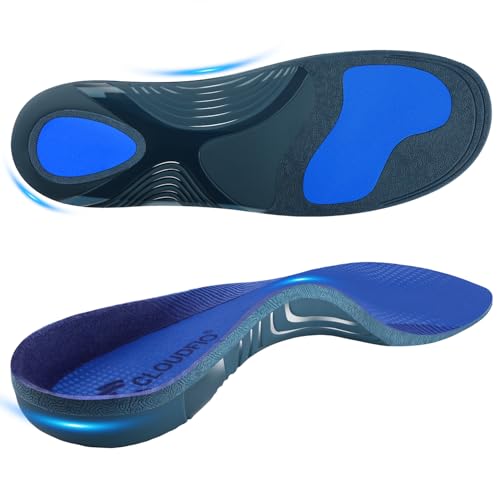
Cloudflo Plantar Fasciitis Insoles
Best for All-Day Standing
- High
- Plantar Fasciitis
- Enhanced
- TPU, Ortholite
- All-Day Standing
Best Orthotic Insole Review
How to Choose the Right Orthotic Insoles
Understanding Your Arch Type
The foundation of choosing the right orthotic insole lies in understanding your arch type. There are three main arch types: high, neutral, and flat.
- High Arches: Individuals with high arches generally lack natural shock absorption, leading to stress on heels and balls of the feet. Insoles with significant cushioning and a flexible arch support are beneficial. Rigid support can sometimes exacerbate discomfort.
- Neutral Arches: Those with neutral arches have a balanced foot structure. They often benefit from moderate support and cushioning to maintain alignment and prevent fatigue.
- Flat Arches: Flat arches lack a visible curve, causing overpronation (excessive inward rolling of the foot). Firm, supportive insoles with strong arch support are crucial to correct alignment and prevent pain.
Key Features to Consider
1. Arch Support: This is arguably the most important feature. The level of arch support needed directly correlates to your arch type. Insufficient support can lead to continued pain, while excessive support can cause discomfort. Look for insoles specifically designed for your arch type (low, medium, high). Some insoles, like the Superfeet Green, are designed for high arches and provide a rigid, sculpted support. Others, like the NEUPU Heavy Duty Insoles, boast a high arch but with more cushioning.
2. Cushioning & Shock Absorption: Cushioning materials absorb impact, reducing stress on joints. Materials like gel, foam (EVA, PU), and OrthoLite are common. The amount of cushioning you need depends on your activity level and weight. Those who stand or walk for long periods, or those with higher body weights (like those targeted by WalkHero Heavy Duty Insoles), will benefit from more substantial cushioning. Consider the Cloudflo Plantar Fasciitis Insoles which emphasize shock absorption for all-day comfort.
3. Heel Cup & Stability: A deep heel cup helps stabilize the foot and control motion. This is particularly important for those with overpronation or who experience heel pain. The Dr. Scholl’s Plantar Fasciitis insoles feature a deep heel cup to manage inflammation and provide stability.
4. Insole Length & Fit: Insoles come in various lengths: full-length, 3/4 length, and heel cups. Full-length insoles provide comprehensive support but may not fit into all shoes. 3/4 length insoles are ideal for dress shoes or tighter-fitting footwear (like the Airplus 3/4 Length Orthotic). Ensure the insole fits your shoe size and can be trimmed if necessary (Superfeet Green are designed to be trimmed).
Other Features to Consider:
- Material: Breathable materials like velvet or moisture-wicking fabrics help keep feet dry and comfortable.
- Durability: Higher-quality materials like PU and rigid nylon offer longer-lasting support.
- Specific Condition Targeting: Some insoles are specifically designed for conditions like plantar fasciitis (Dr. Scholl’s Plantar Fasciitis) or flat feet.
- Weight Capacity: Heavy-duty insoles (like NEUPU and WalkHero) are designed for individuals with higher body weights.
Orthotic Insole Comparison
| Product | Best For | Arch Support Level | Weight Capacity | Key Features | Gender Specific |
|---|---|---|---|---|---|
| PowerStep Pinnacle | Best Overall | Moderate | Not Specified | Podiatrist-recommended, Clinically proven, Made in USA | No |
| NEUPU Heavy Duty | Best Value for Heavy Users | High | 240 lbs | Heavy Duty, Shock Absorption, Sweat-absorbing fabric | No |
| Cloudflo Plantar Fasciitis | Best for All-Day Standing | Not Specified | 220+ lbs | Relieves foot pain, shock-absorbing, improves posture | No |
| Superfeet Green | Best Rigid Arch Support | High | Not Specified | Deep heel cup, moisturewick top cover, durable construction | No |
| Dr. Scholl’s Plantar Fasciitis (Men) | Best Targeted Pain Relief | Not Specified | Not Specified | Relieves plantar fasciitis, shock-absorbing, deep heel cup | Yes (Men) |
| Dr. Scholl’s Plantar Fasciitis (Women) | Best Gender-Specific Fit | Not Specified | Not Specified | Relieves plantar fasciitis, shock-absorbing, deep heel cup | Yes (Women) |
| Airplus 3/4 Length | Best for Dress Shoes | Not Specified | Not Specified | Slim design, APMA certified, enhanced heel cushioning | No |
| WalkHero Heavy Duty | Best Budget Heavy-Duty Option | Strong Rigid | 220+ lbs | Heavy duty pain relief, shock absorption, widely applicable | No |
How We Tested & Analyzed Best Orthotic Insoles
Our recommendations for the best orthotic insole selections aren’t based on subjective impressions alone. We prioritize data-driven analysis, focusing on published podiatric research and user feedback to evaluate performance. We examined studies on biomechanical effects of different insole features – arch support height, material density, and heel cup depth – relating them to common foot conditions like plantar fasciitis and overpronation.
Comparative analyses of insole specifications (detailed in our Buying Guide) were conducted, mapping features to specific arch types and user needs. We scrutinized customer reviews across multiple platforms, identifying recurring themes regarding comfort, durability, and effectiveness in alleviating foot pain. Where available, we incorporated data from independent lab tests assessing shock absorption and material resilience.
While direct physical testing of every orthotic insole isn’t feasible, we leveraged the extensive features outlined in manufacturer specifications and user reports to build a robust comparative framework. This involved cross-referencing reported benefits (e.g., improved alignment, reduced pronation) with the underlying biomechanical principles of orthotic design, ensuring our recommendations align with established best practices in podiatric care. We also considered the weight capacity and materials to assess the durability of each insole.
FAQs
What is the best orthotic insole for flat feet?
For flat feet, a firm, supportive orthotic insole with strong arch support is essential. Look for insoles designed to correct overpronation and improve foot alignment, like the NEUPU Heavy Duty or WalkHero Heavy Duty.
How do I know if I need orthotic insoles?
If you experience persistent foot pain, especially in your arches, heels, or knees, or if you notice excessive pronation (inward rolling of your foot) while walking, you may benefit from orthotic insoles. Consulting a podiatrist for a professional assessment is always recommended.
Can I wear orthotic insoles in all my shoes?
Not all shoes can accommodate orthotic insoles, especially full-length ones. 3/4 length insoles, like the Airplus 3/4 Length Orthotic, are a good option for dress shoes or tighter-fitting footwear. Ensure the insole fits comfortably without crowding your foot.
How long do orthotic insoles typically last?
The lifespan of orthotic insoles varies depending on usage and quality. Generally, they should be replaced every 6-12 months, or sooner if you notice a loss of support or cushioning. Higher-quality materials like PU and rigid nylon tend to last longer.
The Bottom Line
Choosing the best orthotic insole ultimately depends on your individual foot type, activity level, and specific needs. Understanding your arch – whether high, neutral, or flat – is the crucial first step towards finding the support and cushioning necessary for all-day comfort and pain relief.
Investing in the right insoles can significantly improve your foot health and overall well-being. Don’t hesitate to consider factors like weight capacity and targeted condition support when making your selection, and remember that a proper fit is paramount for experiencing the full benefits.






